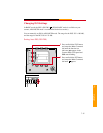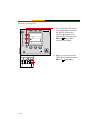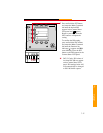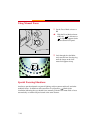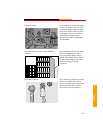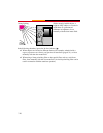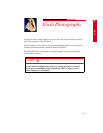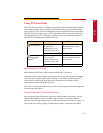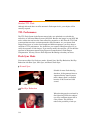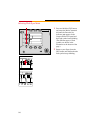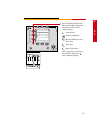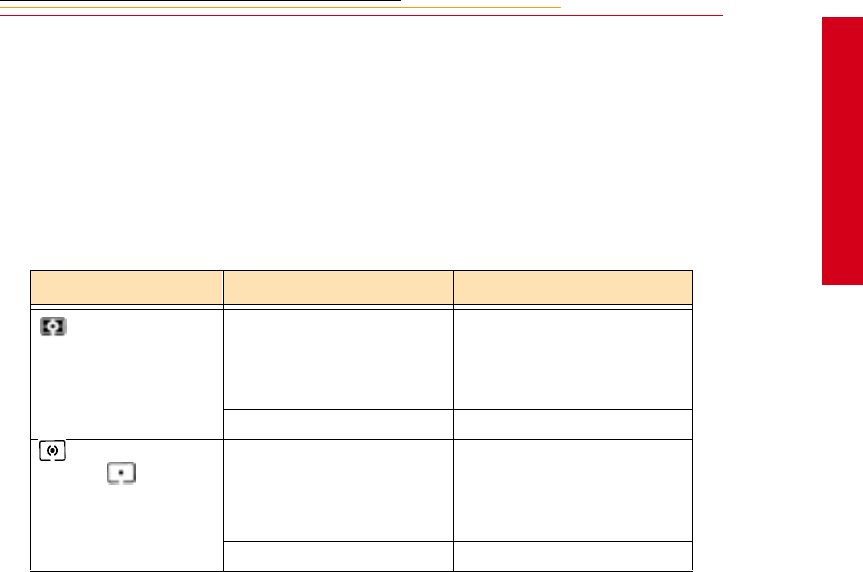
8-3
8
Flash
Using TTL Auto Flash
With TTL flash, the camera’s flash light sensor measures the flash illumination reflected
by the subject onto the imager, and shuts off the flash when the measurement indicates
correct exposure.
TTL auto is recommended for most common flash shooting situations.
The DCS 315 provides three types of TTL auto flash; the DCS 330 provides four types.
(See the table below.) TTL Auto flash is available when you use the built-in flash or a
dedicated Nikon Speedlight and Nikkor CPU lens:
Matrix Balanced Fill-Flash
Matrix Balanced Fill-Flash is only available with the DCS 330 camera.
The Matrix meter reads the light levels and pattern in a scene, then signals the computer,
which calculates available light exposure settings. As the shutter is released, the TTL
sensor senses available light, then relays this information to the computer, which
automatically compensates flash output level.
The result is a well-balanced photo that provides a correct exposure for both background
and the foreground subject.
Center-Weighted Fill-Flash/Spot Fill-Flash
By pointing the Center-Weighted or Spot circle at different parts of the scene, you can
influence the brightness levels of available-light exposures. To maintain a desired
exposure when recomposing the picture, use the Auto Exposure Lock function (page 7-4).
Flash output level will be properly compensated to produce a natural fill-flash effect.
Metering system Exposure mode TTL auto flash
Matrix Metering
P Auto-Multi Program
Ps Vari-Program
S Shutter-Priority Auto
A Aperture-Priority Auto
Matrix Balanced Fill-Flash
(DCS 330 only)
M Manual
Standard TTL flash
Center-Weighted
Metering/ Spot
Metering
P Auto-Multi Program
Ps Vari-Program
S Shutter-Priority Auto
A Aperture-Priority Auto
Center-Weighted Fill-Flash/
Spot Fill-Flash
M Manual
Standard TTL flash



